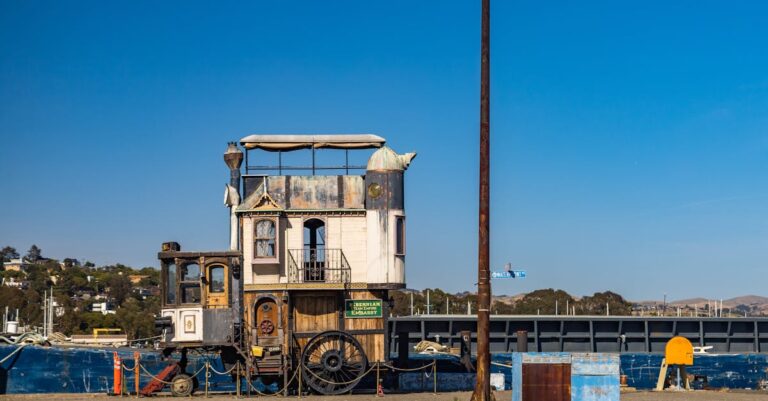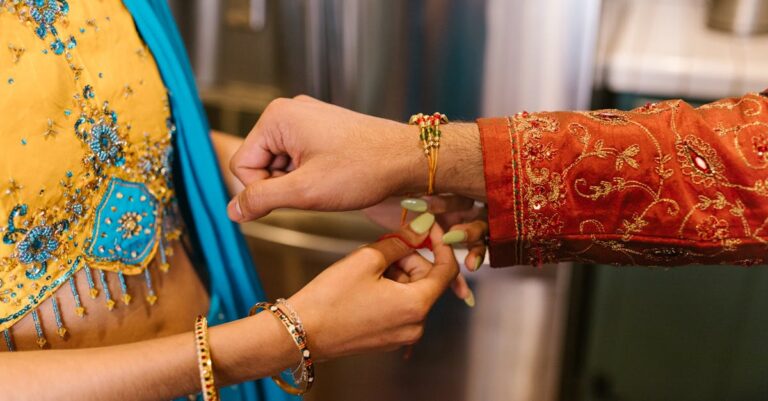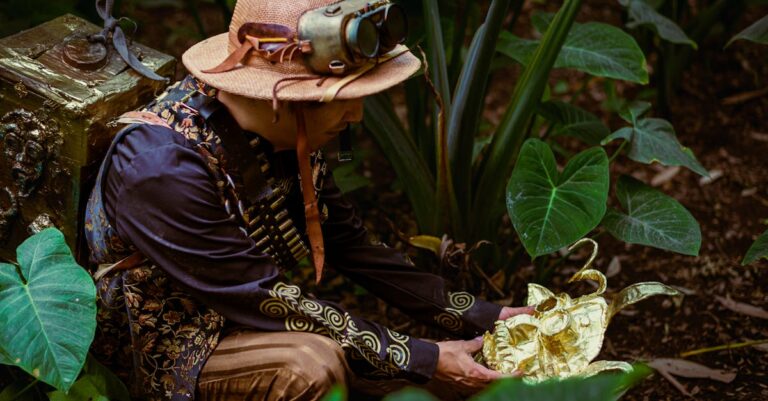
## The Gilded Fracture
The rain hammered Bruges, a relentless drumbeat against the cobblestones. Elias traced a finger across the cool glass of Saint Salvator’s cathedral, the seventeenth-century stained glass shimmering under the failing light. The scent of wet stone and ancient dust filled his nostrils, a familiar comfort. He ignored the tourist groups huddled beneath umbrellas, their chatter swallowed by the vastness of the space. Elias wasn’t here for sightseeing. He was hunting ghosts.
His breath hitched, a faint tremor running through him. Not a visual ghost, not exactly. More like a… resonance. A flicker of sound, too brief to grasp, yet undeniably present. He adjusted the small, silver device clipped to his belt—a waveform analyzer he’d designed himself. The needle danced erratically, responding to something beyond the audible spectrum.
“Anything?” Clara’s voice cut through the cathedral’s quiet, her accent a crisp counterpoint to Bruges’ languid cadence. She peered over his shoulder, her dark hair plastered against her cheek. A scientist through and through, she approached the world with a methodical curiosity that both intrigued and challenged him.
“A fragment,” Elias murmured, adjusting the analyzer’s settings. “Faint. Female voice. Definitely seventeenth century.” He focused, attempting to filter the ambient noise of the city. “Sounds… frightened.”
Clara frowned, her gaze sweeping over the swirling patterns of the glass. “The Van Derlyn series, right? All six panels depicting key moments in their family’s history.” She pointed to a panel depicting a young woman clutching a wilting rose, her face etched with despair. “The last surviving daughter of Pieter Van Derlyn, accused of witchcraft.”
Elias nodded, his eyes fixed on the glass. Pieter Van Derlyn – a renowned artist, obsessed with capturing absolute fidelity to life in his works, a family riddled with whispers of madness and misfortune. The source of the ripple he’s chased for years, a historical enigma wrapped in layers of artistic brilliance and whispered curses.
“Let’s isolate the waveform,” Elias instructed, his fingers flying across the analyzer’s controls. “See if we can reconstruct it.”
The laboratory was a stark contrast to the cathedral’s grandeur—a cluttered space in a converted warehouse overlooking a canal. Wires snaked across the floor, connecting various pieces of equipment to a large computer screen displaying complex waveforms. The air smelled of solder and ozone.
“I’m getting a consistent reading from panel four,” Clara announced, studying the screen. “The scene depicting Pieter’s son, Johan, signing away his inheritance.”
“And the voice?”
“Present. Still fragmented. But… clearer.” She manipulated the waveforms, isolating and amplifying specific frequencies. A wisp of sound emerged from the speakers—a woman’s voice, choked with emotion.
“*…no choice… cannot let him… ruin everything…*”
The words vanished as quickly as they appeared. Elias felt a chill crawl down his spine. He knew this wasn’t just an auditory echo; it was a direct line to the past, a window into someone’s lived experience. And the more he listened, the more unsettling it became.
“The Van Derlyn family,” Clara stated, her voice tight with a strange mix of fascination and apprehension. “They weren’t just artists; they were recorders.”
“Recorder of what?” Elias pressed, ignoring a sudden headache.
“Of their trauma,” Clara said. “Their fears. Their secrets.” She tapped a tablet displaying digitized scans of Pieter Van Derlyn’s meticulous archives – detailed notes, sketches, and anatomical studies, all meticulously cross-referenced. “Look at this. Pieter documented everything – his own experiences, those of his family members. He believed he could capture the truth, but it seems… something more happened.”
The next day, they returned to Saint Salvator’s. Elias focused on panel six – Pieter Van Derlyn himself, portrayed as an elderly man with piercing eyes and a haunted expression. He adjusted the analyzer, amplifying the audio signature emanating from the glass.
A voice crackled through the speakers—a man’s voice, deep and resonant. “*…the colors fade… the echoes remain… a burden I cannot shed…*”
Elias felt a wave of nausea wash over him. The voice was… familiar. Disturbingly so.
“That’s Pieter,” Clara whispered, her voice barely audible above the rain drumming against the cathedral roof. “He’s talking about his art, but… it feels like more than just a commentary.”
The digitized archives revealed Pieter’s obsession with anatomical accuracy. Drawings of the human brain filled notebooks, annotated with increasingly frantic handwriting.
“He believed memory was literally encoded in the structure of matter,” Clara explained, pointing to a diagram illustrating Pieter’s theory that specific frequencies could unlock these “memory crystals.” “He thought stained glass, with its unique crystalline structure and vibrant pigments—could preserve these resonance.”
Suddenly, Elias stumbled back, clutching his head. A voice echoed in his mind—a young girl’s voice, laced with terror. “*…the shadows move… they whisper my name…*”
“Elias! Are you alright?” Clara rushed to his side, her face etched with concern.
“I… I heard it,” he stammered, struggling to regain his composure. “A child’s voice. From the glass.”
He looked at Clara, a chilling realization dawning in his eyes. “The Van Derlyn children… Pieter didn’s just document their lives; he trapped them in the glass. He enshrined their trauma, turned it into art.”
Their investigation led them to a remote village outside Bruges—a crumbling estate once owned by the Van Derlyn family. The house was abandoned, shrouded in an oppressive silence broken only by the rustling of overgrown ivy. Inside, they found a single room—a makeshift studio filled with unfinished stained-glass panels. And in the center of the room, a large mirror—covered with intricate carvings depicting scenes from the Van Derlyn family history.
“The reflection,” Clara murmured, pointing to a panel depicting a woman being dragged away by shadowy figures. “It isn’t just an image; it’s a portal.”
As Elias approached the mirror, he saw not his own reflection, but a fleeting glimpse of another time—a young girl cowering in fear as her family was torn apart by a devastating fire. He felt the searing heat, smelled the acrid smoke, heard the screams of terror.
He recoiled, gasping for air. The image vanished as quickly as it appeared, leaving him trembling and disoriented.
“He wasn’t just documenting their trauma,” Clara said, her voice trembling slightly. “He was reliving it. Imprinting it onto the glass – projecting his own fragmented psyche into these images.”
The final panel, a self-portrait of Pieter Van Derlyn, pulsed with an unseen energy. Elias approached cautiously, adjusting the analyzer one last time.
A voice resonated from the glass —Pieter’s voice, but distorted and broken. “*…perfection…must achieve perfection…the echoes must be contained…*”
Then, a new voice emerged—a young girl’s voice – clear and strong. “*…no more shadows… no more pain…”*
The sound intensified, a wave of energy radiating from the glass. Elias felt a strange lightness wash over him, a sense of release he hadn’t known was possible.
He looked at Clara, and saw a flicker of understanding in her eyes. “It’s over,” she said softly. “He released them. He broke the cycle.”
The rain outside had stopped, and a sliver of sunlight pierced through the clouds, illuminating the stained glass with an ethereal glow. Elias traced a finger across panel six once more – Pieter Van Derlyn’s face, no longer haunted but serene.
The echoes remained—but they were not burdens any longer. They were fragments of a shared history, a testament to the resilience of the human spirit, and a reminder that even in the darkest depths of trauma, there is always hope for healing. The gilded fracture had begun to mend.


